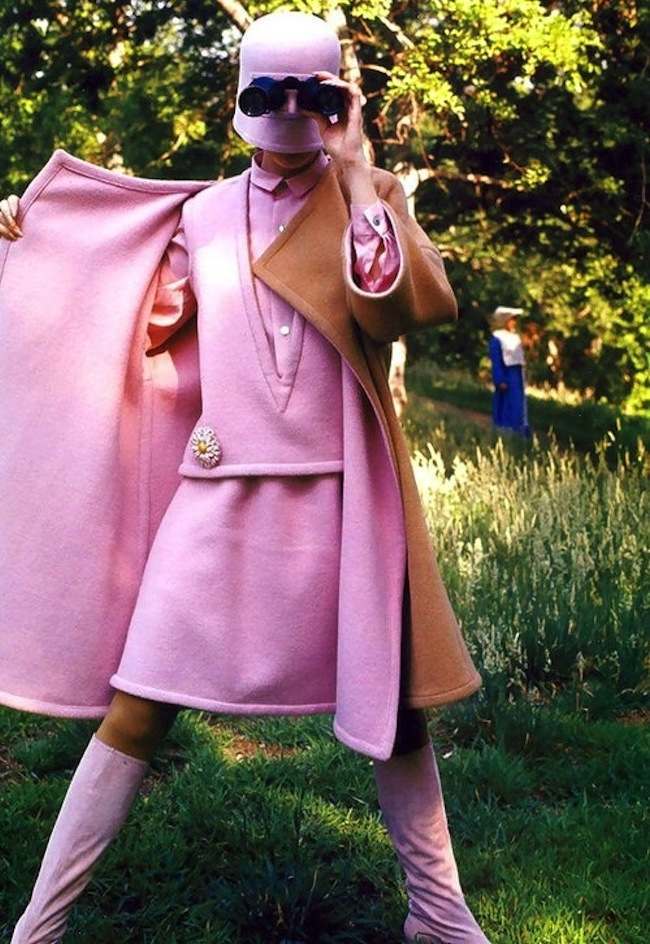

This might explain why Fedoras came back in style amongst hipsters. Many escape to the perceived coolness of the past. This is probably due to a general notion that the future is no longer a bright and promising place. The problem with this is that people may well not wear those sorts of things in the future and aliens certainly wouldn't.Īdditionally, the fashion trends have clearly been showing a pattern towards embracing old school, classic, back to our roots, and retro or even Retraux styles. From an out of universe production standpoint, avoiding space clothes can serve as a method of dodging the Sci Fi Ghetto trap.
60S SPACE FASHION TV
Today, Space Clothes are largely a thing of the past in TV and film (though not so much in comics or animation) as everyone goes military-style or contemporary. Used Future settings avert this with jumpsuits and coveralls with lots of pockets. Huge shoulder pads, pocketless spandex, clashing colors or all pastels (the latter being common in more optimistic future settings as it gives the impression of a sterile environment), jackets that look like couch covers, reflective foil, long trailing skirts, capes, daft hair (or even dafter hats). Just Space Clothes - stuff that is just unbelievably silly.Lots of shiny silver and hair in outlandish colors and shapes. Stripperiffic items most universally worn by the female members of the Green-Skinned Space Babe race.21st century stuff (or, in a humorous version, 20th century (1960-1980s) stuff).Usually bordering on Putting on the Reich in the case of dictatorships.

Military style outfits (much loved by the Stargate crews and the Galactic Empire).Even after he stepped down from his brand, having run it for 20 years, his design signature remained unchanged.Īndré Courrèges collection “Moon Girl” in 1965.There are a few types of clothes people wear when they are traveling in space: Regardless of who was the originator, it was indeed true that Courrèges combined modernity with a masterful approach to craft. Running parallel with the youth movement of the 1960s, he claimed it was not Mary Quant but him who invented the mini skirt. He mixed luxury with logic, and despite criticism from the previous generation designers, such as Chanel, he did not waive from his signature style. He was fascinated by functionality, practicality and freedom of movement. Courrèges was also a visionary when it came to business, and launched his more affordable diffusion line because he knew that his target customer will not be able to afford the pricier haute couture line.Īndré Courrèges winter collection 1964 “Space Age”.ĭespite having worked at Balenciaga, Courrèges had his own stylistic language, which set him apart as a designer. What he introduced was groundbreaking, causing Vogue to commission Irving Penn to do a photoshoot with his collection. While the collection was well-received, it won’t be until 1963 when the brand, Courrèges, will make fashion history with its futuristic design, go-go boots, miniskirts and goggles. The Courrèges story began when he started working for Cristobal Balenciaga, who not only mentored him but also provided him with a loan in order to open his first fashion house in Paris.

He studied engineering and even served as a pilot during Second World War. He wanted to pursue design and study at an art school from a very early age, but his father wanted him to become an engineer. They are modern and they are antique.’Īndré Courrèges was born to a butler father and a homemaker mother.

Where do his tennis dresses, his sailor dresses come from? Where did he find them? On the steps of Delphi.


 0 kommentar(er)
0 kommentar(er)
